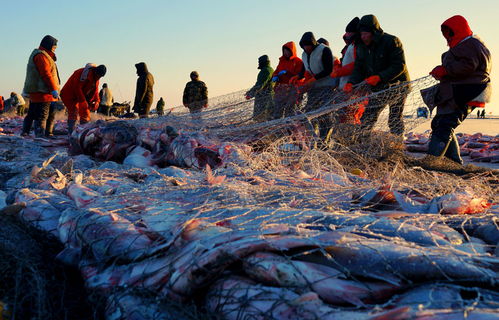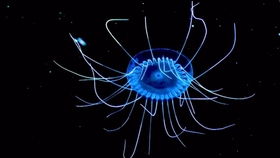Content:
Embarking on a sea perch fishing adventure can be an exhilarating experience, offering both relaxation and the thrill of the catch. Sea perch, known for their delicious taste and spirited fight, are a popular target for anglers of all levels. Whether you're a seasoned fisherman or a beginner looking to conquer the art of sea perch fishing, here are some essential techniques to help you land those prized catches.
Understanding Sea Perch Behavior
Before diving into the fishing techniques, it's crucial to understand the behavior of sea perch. These fish are often found in shallow waters, near structures such as rocks, reefs, and wrecks. They are bottom feeders, feeding primarily on small crustaceans, worms, and insects. Knowing this, you can tailor your approach to attract these fish effectively.
Choosing the Right Equipment
The first step in successful sea perch fishing is selecting the right equipment. Here's what you'll need:
Rod and Reel: A medium-heavy action rod with a spinning reel is ideal for sea perch fishing. The rod should be around 6 to 7 feet long to provide enough leverage for the fight.
Line: Use a monofilament line with a breaking strength of 10 to 15 pounds. This will provide enough strength to handle the fish without being too heavy, which can spook them.
Hooks: Small hooks, typically sizes 4 to 6, are sufficient for sea perch. Jig-style hooks are particularly effective as they can mimic the movement of small crustaceans.
Lures and Bait: Artificial lures such as swimbaits, jigs, and spoons can be effective. Live bait like small crabs, shrimp, or sandworms can also be used, depending on the local availability.
Setting Up Your Rig

Once you have your equipment, it's time to set up your rig. Here's a basic setup:
Leader: Attach a 2 to 3 feet leader to your main line. This leader should be a heavier gauge than your main line to prevent breakage.
Hook: Slide the hook onto the leader, ensuring it's properly secured.
Weight: Attach a small split shot or a sinker to the end of the leader. The weight should be light enough to keep your bait on the bottom but heavy enough to reach the fish.
Bait or Lure: Attach your chosen bait or lure to the hook. If using live bait, ensure it's securely hooked.
Fishing Techniques
Now that your rig is set up, it's time to fish. Here are some effective techniques:
Bottom Bouncing: This technique involves slowly dragging your bait or lure along the bottom. It's particularly effective in areas with rocks or other structures. Keep a steady pace and vary your retrieve speed to see what works best.
Jigging: Jigging involves moving your lure in short, sharp bursts. This can mimic the movement of a struggling prey, attracting the attention of sea perch. Use a steady, upward motion to create a lifelike action.
Free-Lining: Free-lining is a simple technique where you let your bait drift naturally. This can be effective in areas with a lot of current. Just cast your bait out and let it drift with the current, occasionally twitching it to mimic movement.
Trolling: Trolling involves moving your boat at a slow pace while dragging your lure or bait behind. This technique can cover a large area and is effective for finding fish. Adjust your speed and depth to find the sweet spot.
Tips for Success
Here are some additional tips to help you improve your chances of catching sea perch:
- Patience is Key: Sea perch can be unpredictable, so patience is crucial. Wait for the fish to bite rather than constantly reeling in.
- Adjust to the Conditions: Pay attention to the weather, tide, and water conditions. These factors can significantly impact the fish's behavior and where they are located.
- Stay Quiet: Sea perch are sensitive to noise. Keep your movements and conversation to a minimum to avoid spooking them.
- Use Fresh Bait: Fresh bait is more attractive to fish. Change your bait regularly, especially if it starts to look worn or damaged.
- Practice Knot Tying: Learn to tie strong and reliable knots. A good knot can make the difference between a lost fish and a successful catch.
In conclusion, sea perch fishing can be a rewarding experience with the right techniques and equipment. By understanding the fish's behavior, choosing the appropriate gear, and employing effective fishing methods, you'll be well on your way to catching these delicious and spirited fish. Happy fishing!












